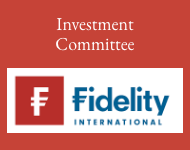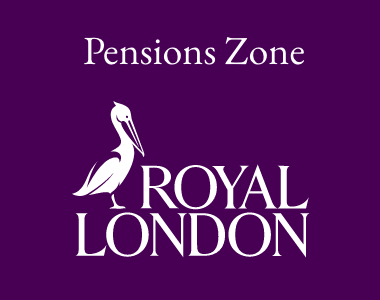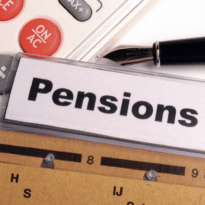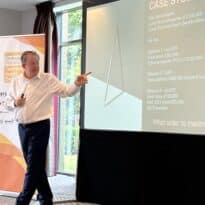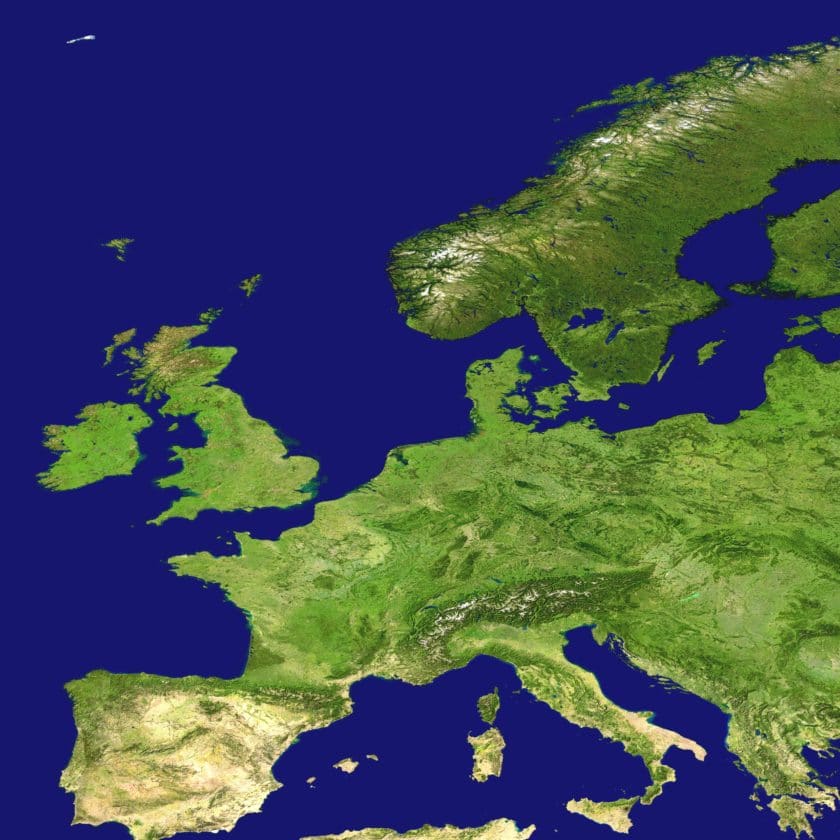Despite facing some serious challenges in 2022, there are reasons for optimism for investors in the European Small Cap sector, says Darius McDermott, managing director, FundCalibre.
I’m sure most of you have read Herman Melville’s Moby Dick at some point in your lives. For those that haven’t, it’s the story of the maniacal quest of Ahab, captain of the whaling ship Pequod, for vengeance against Moby Dick, the giant white sperm whale that bit off his leg on the ship’s previous voyage.
For three days, the crew pursues the great whale, who repeatedly turns on the Pequod’s boats, wreaking destruction and eventually sinking the Pequod, and dragging Ahab into the sea and his death.
In short, despite all his attempts, Ahab never gets what he wants.
Investors in European equities have not really got what they’ve wanted from the region since the credit crunch – every time there is hope another disaster appears around the corner. Over the last 14 years the S&P 500 has returned almost three times that of European equities*, with the Sovereign Debt Crisis and Brexit two of the many issues holding the region back in that time.
European small caps dragged down
Unfortunately, European smaller companies appear to have been tarred with the same brush, despite having comfortably outperformed their larger peers over the same period, returning 377 per cent (vs. 227 per cent for the MSCI Europe)*.
The opportunity is immense for an area of the market which is under-researched when compared to its larger counterparts, with some 2,500 quoted European stocks with a market capitalisation of between £100m and £5bn, compared to circa 500 with a market cap of over £5bn
However, European smaller companies had a horrid 2022. The MSCI Europe Smaller Companies Index fell 22.5 per cent, more than double the losses for large caps**.
Europe is once again in the eye of the storm as inflationary concerns – fuelled by the ongoing war in Ukraine – are being compounded by the protracted threat of recession. These pressures have affected the market, but small-caps have also faced the additional challenge of liquidity – with price-to-earnings falling markedly as a result.
Reasons for optimism
But there are reasons for optimism, particularly given the resilient nature of European small caps historically. The first thing I’d point to is that this truly is the realm of the bottom-up active manager, so there is a strong element of ignoring the wider macro noise and focusing on company specifics. Small-cap companies can also give investors better exposure to an individual country, allowing them to really respond to cyclical differences across European countries.
We also have to consider that large-caps stocks in Europe are not a good reflection of domestic activity on the ground – they are more reflective of global and emerging markets. According to FactSet, small-cap companies in Europe source only a quarter of their revenues from outside the continent; for large-cap companies this number jumps to more than half***.
There are also a host of long-term trends to consider – for example, the often mentioned liquidity concerns. Research from Janus Henderson also shows that roughly 40 per cent of European small-caps are currently net cash, well above the amount in the large-cap space (37 vs. 23 per cent)****.
Now is also an attractive point from a valuation perspective. European smaller companies have historically traded at an average premium valuation of 21 per cent to large caps, courtesy of superior growth and earnings potential. Last years’ challenges saw this fall to 9 per cent****.
Jupiter European Smaller Companies co-manager Philip Macartney says that as growth investors, his team are excited about the next 12-18 months – citing the wholesale pessimism and de-rating in Europe, with the discount to the US now at levels last seen in 2008.
He says: “Europe was bust back then, that’s not the case now as there are some great growth companies in fantastic fettle – for an active manager it’s a very fertile opportunity.”
Philip says resiliency is the big ticket in these trying times. He says European small-caps tend to be family owned – providing greater investment as a result – but are also more cautious with their balance sheets, meaning they tend to avoid aggressive M&A activity, which can often not bear fruit. That resiliency of growth, coupled with a global footprint, are an attractive option in this climate.
Barings Europe Select Trust co-manager Will Cuss says there is a balance to be found. On the one hand they want companies which are idiosyncratic growth leaders – those where the growth is not just tied to a top-down commodity price move or tied to a GDP number. However, they also need to think about how the corporates operate in the wider economy and what’s happening to their cost structures and their end markets.
Small caps always appear to be in the eye of the storm, but we must not forget the comfortably offer the best growth returns over the long-term. European small-caps really have been shrouded by the wider challenges in Europe – but that unloved and forgotten tag is a major opportunity for active managers to take advantage of in these challenging times. There have been plenty of examples where a regional success today can be a global success tomorrow.
Funds to consider:
Janus Henderson European Smaller Companies
Managed by Olly Beckett and Rory Stokes, this fund stands out from its peers in several ways – for example, although it invests in growth companies, it also has a valuation tilt, something which is uncommon in the small-cap space. The fund also targets companies at various points in the investment cycle
T Rowe Price European Smaller Companies
This fund looks to invest in high quality, durable franchises with good capital allocation and high standards of corporate governance. The fund is unconstrained by sectors and typically has a bias in favour of technology, healthcare, and consumer discretionary companies.
Jupiter European Smaller Companies
This fund’s universe is the bottom 20 per cent of the European market, companies ranging from €500m to €10bn. It targets quality cash generative businesses. These companies must have a sustainable competitive advantage and the team only looks for the highest quality business models.
Barings Europe Select
The managers employ a growth at reasonable price (GARP) philosophy, meaning they look for companies that can continue to grow regardless of the economic backdrop, but won’t pay speculative prices for them. The portfolio typically holds around 80 stocks, including a number of mid-cap names.
Pros and Cons of investing in European Small caps
Pros
- Some unique businesses, meaning you can find many global champions in small profitable niches
- Generally unloved, forgotten about and cheap
- Returns have been a lot better than people realise. European smaller companies have returned almost 300 per cent more than the S&P 500 over the past 20 years
Cons
- Europe is a slow growth region suffering from stagnation and small caps have greater domestic exposure
- Like all small caps they can be volatile and can fall fast in challenging periods
- European politics are difficult and increasingly more extreme. If the EU ever fell apart – or another major country left – it could spell big trouble
*Source: FE fundinfo, total returns in sterling, 6 April 2010 to 6 April 2023 (MSCI AC Europe, MSCI AC Europe Small Cap and S&P 500)
**Source: Abrdn Standard – Do European small caps really have that bouncebackability?
***Source: FactSet
****Source: JPMorgan research, Janus Henderson Investors Analysis, 10 January 2023
Past performance is not a reliable guide to future returns. You may not get back the amount originally invested, and tax rules can change over time. Darius’s views are his own and do not constitute financial advice.




